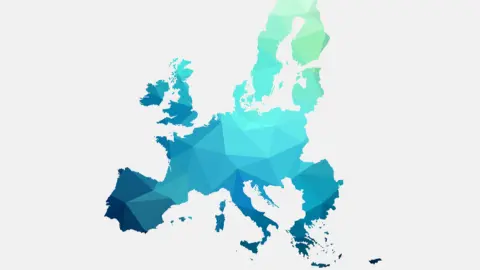Asia week ahead: Tariffed!
The US might make good on its threat of bumping up tariffs on Chinese products and China may reciprocate. But even as trade talks resume there is little hope of salvaging a deal, which will keep markets on the edge in the days ahead
Tariffs, tariffs, and tariffs
All was going well on the trade talks front until the weekend bombshell by President Trump of a further hike in tariffs on Chinese goods. The news spooked investors and resulted in a heavy sell-off of risk assets, and a flight to safe-haven Treasuries ensued.
The heat continued to rise, but reconciliatory talks are ongoing too. The good news is that both sides still want a deal - as President Trump still thinks a deal is possible and China’s vice-premier Liu He is going to attend trade talks this week.
| 25% |
New rate of US tariff on $200bn of Chinese goodsUp from 10%, effective Friday 12.01 am ET |
No relief for ‘tariffed’ markets
As such, the trade war will likely remain an ongoing theme driving the markets next week, and probably beyond. Alas, we see nothing in next week’s economic calendar capable of providing a breather for ‘tariffed’ markets. Not even China’s remaining April indicators on industrial production, fixed asset investment, retail sales, or new home prices -- the consensus estimates are pointing to softer growth for most.
India, Indonesia, and Singapore report trade figures for April, which will indeed be gleaned in the light of the ongoing trade war. No prizes for guessing a sustained slowdown in exports from these countries. An additional whammy from a downturn in the global tech cycle is exacerbating the weakening trend.
Indonesia's central bank prefers stability over growth
Indonesia’s central bank doesn’t seem ready to join in the easing cycle just yet. With GDP growth steady at around 5% year-on-year pace, as what the data for the first quarter of 2019 revealed this week, BI’s policy focus remains on financial market stability. And the market stability matters more now than ever as escalated trade and geopolitical risk sour investor sentiment toward emerging markets.
In the not too distant past, the financial crisis in Turkey and Argentina less than a year ago exposed Indonesia’s vulnerability to the emerging market contagion. What lies beneath the vulnerability is a wide current account deficit, which is equivalent to 3% of GDP in 2018 - nearly double from the previous year. As noted above, the April trade figures should reinforce the deficit widening trend.
Our baseline for BI policy is no change to the 6.0% policy rate throughout 2019.
| 6.00% |
Bank Indonesia policy rateNo change expected this year |
Malaysia’s GDP growth bottoms out
Malaysia’s GDP data for 1Q19 will support the central bank’s rate cut at the last meeting. The GDP slowdown is obvious from the high-frequency economic activity, and our estimate of 4.2%, down from 4.7% in 4Q18, remains on track.
Even as growth slides below the central bank's forecast of 4.3% to 4.8% this year, we believe the timely policy boost together with the favourable base effects will shore it up in the rest of the year towards the top end of the central bank’s forecast range, eliminating the need for anymore rate cuts.
| 4.2% |
ING forecastMalaysia GDP growth in 1Q19 |
Asia Economic Calendar

This publication has been prepared by ING solely for information purposes irrespective of a particular user's means, financial situation or investment objectives. The information does not constitute investment recommendation, and nor is it investment, legal or tax advice or an offer or solicitation to purchase or sell any financial instrument. Read more
Download
Download article
10 May 2019
What’s happening in Australia and around the world? This bundle contains 7 Articles
